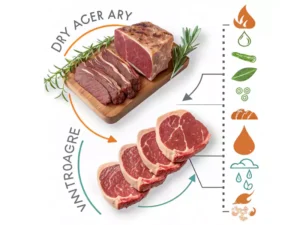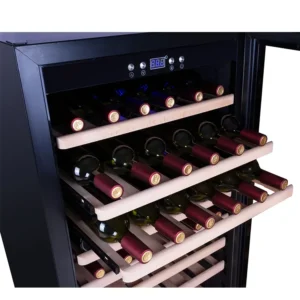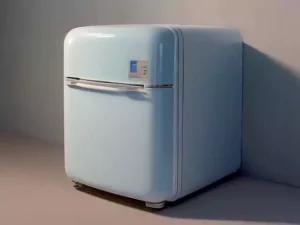Dry aging meat has become a hallmark of premium cuts, known for its ability to enhance both flavor and tenderness. Whether you’re a steak enthusiast or someone curious about meat preparation, understanding the science of dry aging is essential to appreciating the process. But what makes dry aging so unique? Why does it work so well? In this article, we’ll explore how dry aging functions, the benefits it brings, and why it may be worth the investment.
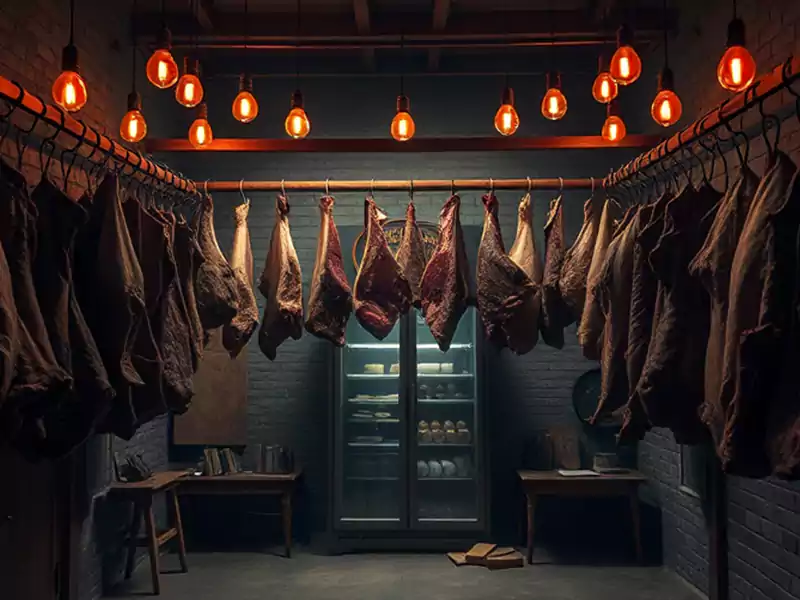
What is Dry Aging and How Does It Work?
Dry aging meat is the process of hanging or storing large cuts of meat in a controlled, refrigerated environment for an extended period. During this time, moisture evaporates, leading to a more concentrated flavor, while enzymatic breakdown in meat improves tenderness. How does dry aging work? The natural enzymes in the meat break down muscle fibers, leading to a more tender texture. At the same time, the evaporation of moisture results in a richer, more intense flavor profile, often described as savory and umami-filled.
The process relies on strict control of both temperature (typically between 34°F and 38°F) and humidity (around 80-85%) to prevent spoilage and ensure safe aging. With these conditions, the meat can age for anywhere from a couple of weeks to several months, depending on the desired flavor and texture.
The Dry Aging Process: From Start to Finish
When you dry age meat, you’re not simply letting it sit around; there’s a delicate balance of factors at play. First, the meat loses moisture, concentrating its flavors. The outer layer of the meat becomes harder and may form a mold. This is completely normal and does not affect the quality of the interior, which is what gets consumed. After the aging period, this outer layer is trimmed away, leaving behind a rich, tender, and flavorful interior.
Dry aging beef or dry aging steak brings out a meat tenderization effect that improves both texture and flavor. The longer the meat ages, the more pronounced these qualities become. However, there are dry aging meat benefits and risks. While the flavor intensifies, the process also results in some loss of product weight due to moisture loss in dry aging. Typically, dry aging meat time of about 21 to 30 days produces a perfect balance between flavor and texture, with longer aging times resulting in more intense flavors but potential toughness.
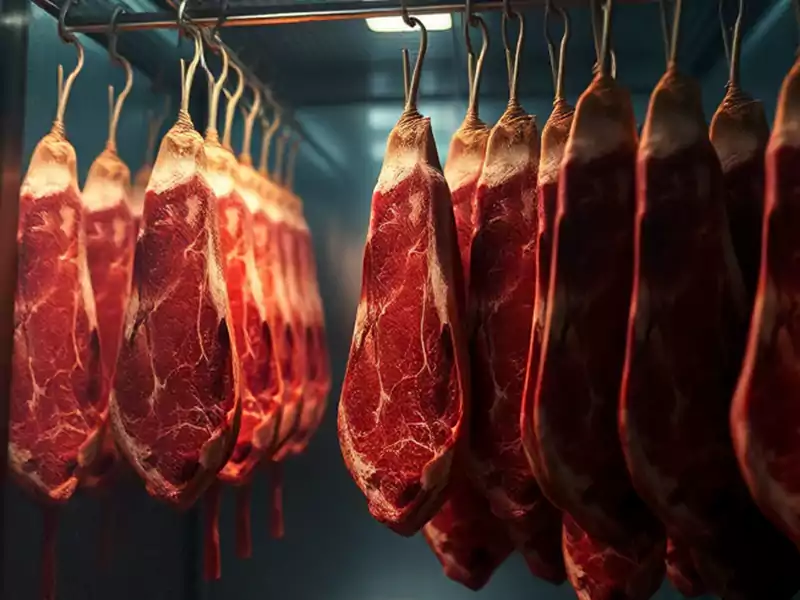
Is Dry Aging Meat Worth It?
Is dry aging meat worth it? Absolutely! For steak connoisseurs and chefs, dry aging steak creates a product that is unmatched in flavor and tenderness. The aging process results in a deeper, richer taste—an intense dry aging meat taste that is far superior to fresh cuts. Additionally, dry-aged meat often carries a unique complexity due to the flavor development in meat that only occurs through extended aging.
While dry aging is more expensive than other methods like wet aging or vacuum sealing, the dry aging meat cost can be justified by the premium product it produces. The process requires specific equipment, like a dry aging meat fridge setup, and close attention to detail to maintain optimal humidity control in dry aging. These factors contribute to the higher price point, but they also result in a luxurious eating experience that many are willing to pay a premium for.
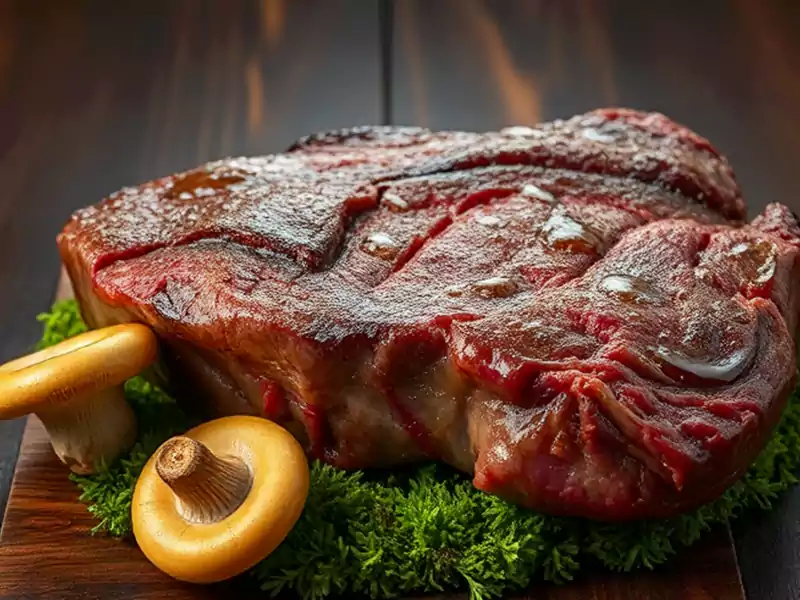
Dry Aging vs Wet Aging: What’s the Difference?
While both methods aim to enhance meat’s flavor and tenderness, dry aging vs wet aging results in different textures and flavors. Wet aging involves sealing the meat in vacuum bags, allowing it to age in its juices. This method doesn’t dry out the meat, and the flavor doesn’t become as concentrated as it does with dry aging. On the other hand, dry aging meat vs vacuum sealing results in a firmer, drier texture, and a more complex, savory taste. For those seeking a more intense flavor and more tender meat, dry aging meat is the superior choice.
Dry Aged Beef Outside is Very Expensive, How to Dry Age Meat at Home?
If you’re interested in how to dry age meat at home, it’s possible with the right equipment. First, you’ll need a dry aging meat fridge setup that allows for consistent temperature, humidity, and airflow. You can purchase specialized bags and racks to help with the process or even set up a dedicated fridge. Dry aging meat equipment is crucial to ensure safety and success. The aging process can take anywhere from 14 to 60 days, depending on your preferences for tenderness and flavor.
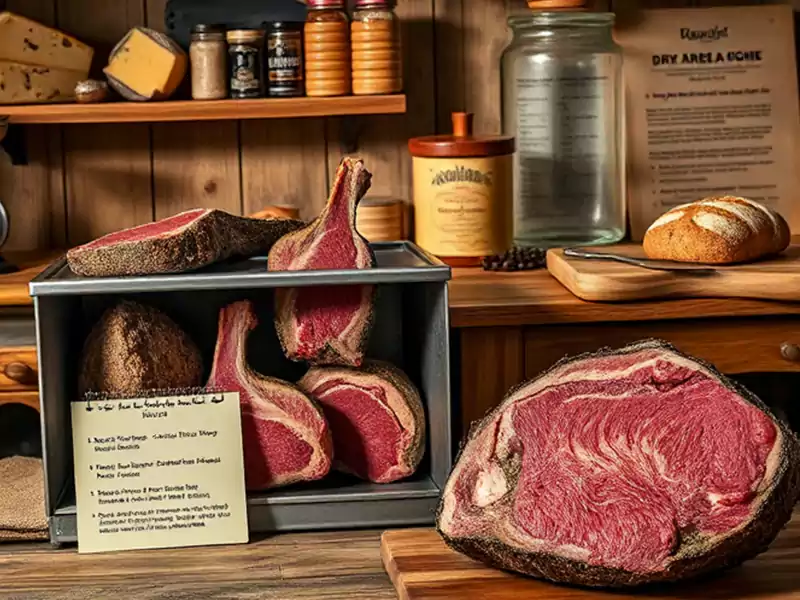
What is the Best Meat for Dry Aging?
The best cuts for dry aging are usually those with a good amount of fat and marbling, which help preserve moisture and add richness to the flavor. Dry aging beef, particularly cuts like ribeye or strip loin, is the most common choice. These cuts provide ample marbling, which enhances both the umami in aged meat and the meat tenderization that occurs during the aging process.
Other meats, such as lamb or pork, can also be dry-aged, though beef remains the top choice for its ability to develop robust flavors.
The Role of Mold and Bacteria in Dry Aging
What is the mold on dry-aged steak? During the aging process, mold may form on the outer surface of the meat. This is normal and harmless, as it helps protect the meat and creates an environment for the aging process to continue. The mold is always trimmed away before the meat is cooked or sold. Similarly, the bacterial role in dry aging is minimal but necessary—beneficial bacteria help create the ideal environment for aging, while harmful bacteria are kept at bay by the cold and controlled humidity.
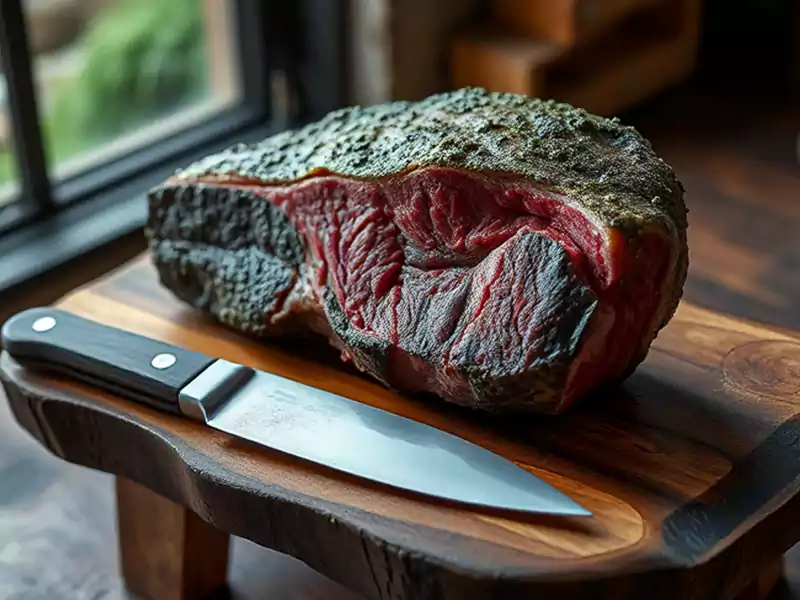
In conclusion, the dry aging process produces a product that’s well worth the wait and investment. The moisture loss in dry aging and enzymatic breakdown in meat leads to a flavorful, tender cut that is superior in both taste and texture. Despite the dry aging meat cost, it delivers a premium product that both consumers and chefs appreciate for its complex flavors and tender bite.
Whether you’re considering how to buy dry aged meat or embarking on your dry aging meat recipe ideas, the benefits of this method are undeniable. By understanding the science behind dry aging, you can better appreciate why this technique is so revered in the culinary world.




